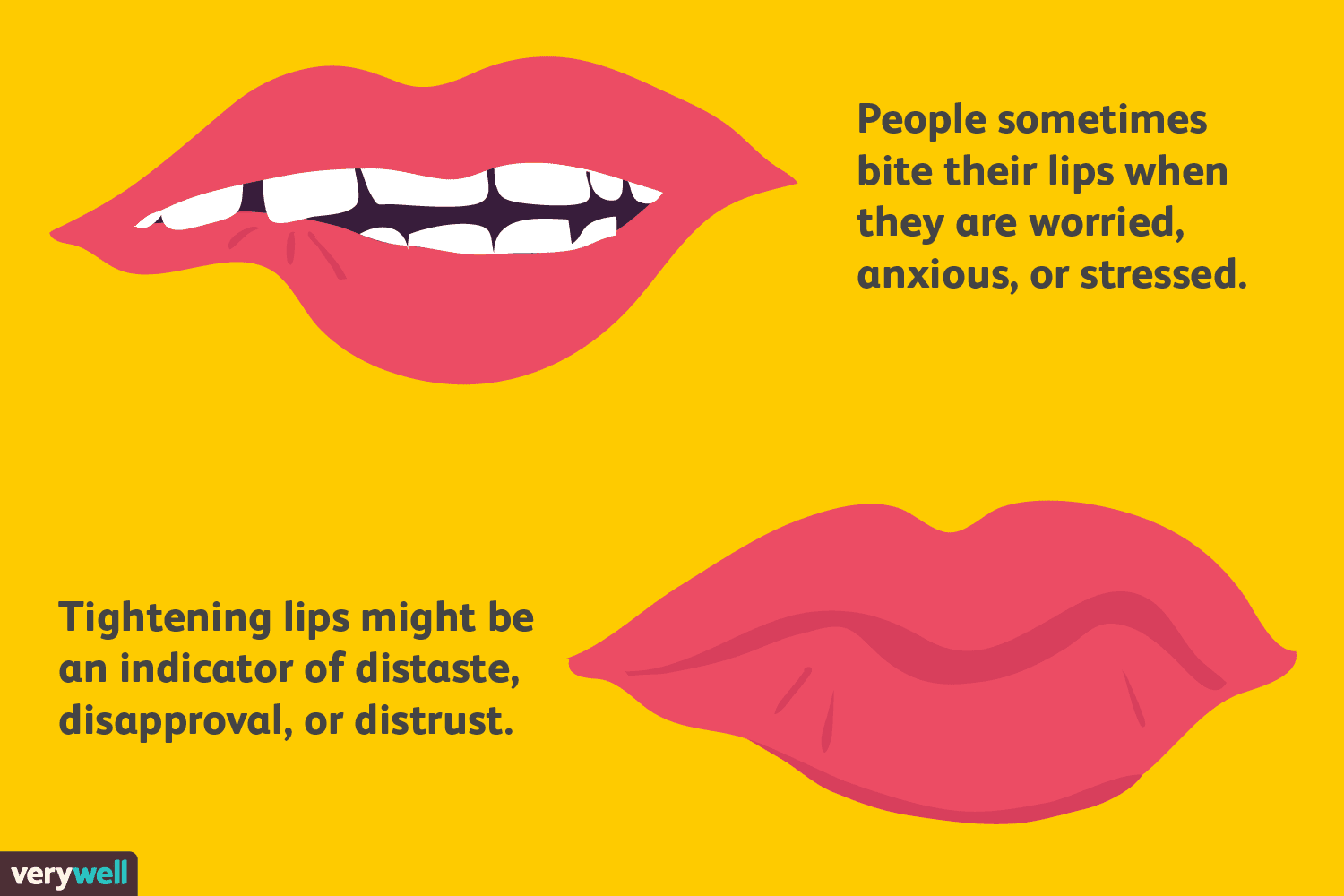What is the Psychology of Body Language? Decode Human Behavior
Body language is an important part of communication. It includes movements, gestures, and expressions. These can show our feelings and thoughts. Understanding body language helps us connect with others better.
What is Body Language?
Body language is a way to communicate without words. It includes:
- Facial expressions
- Gestures
- Postures
- Eye movements
- Touch
These non-verbal cues tell a lot about a person. They can show if someone is happy, sad, angry, or scared. They can also tell if someone is interested or bored.

Credit: www.psychologytoday.com
The Importance of Body Language
Body language is important in many ways. It helps us understand others. It also helps others understand us. Here are some reasons why body language is important:
- It shows true feelings.
- It helps build trust.
- It improves communication.
- It can show confidence or nervousness.
Shows True Feelings
Sometimes, people do not say what they feel. But, their body language can show their true feelings. For example, a person may say they are fine but their body language may show they are sad.
Helps Build Trust
Good body language can help build trust. When we make eye contact and have an open posture, it shows we are honest and open. This helps others trust us more.
Improves Communication
Body language helps make communication better. It adds to what we say with words. For example, a smile can make our words seem friendly.
Shows Confidence Or Nervousness
Body language can show if we are confident or nervous. Standing tall and making eye contact shows confidence. Fidgeting and avoiding eye contact can show nervousness.
Types of Body Language
There are many types of body language. Each type can show different feelings and thoughts. Here are some common types:
Facial Expressions
Facial expressions are very important. They can show many emotions like:
- Happiness – a smile
- Sadness – frown
- Anger – clenched jaw
- Surprise – raised eyebrows
Gestures
Gestures are movements of the hands and arms. They can help explain what we are saying. For example, pointing can show direction. Waving can mean hello or goodbye.
Postures
Postures are the way we sit or stand. They can show our feelings and attitudes. For example, standing tall can show confidence. Slouching can show boredom or tiredness.
Eye Movements
Eye movements can tell a lot. They can show if we are paying attention or not. For example, making eye contact shows we are interested. Looking away can show we are not interested or are thinking of something else.
Touch
Touch is also a part of body language. It can show many feelings. For example, a hug can show love or comfort. A handshake can show respect or greeting.
Reading Body Language
Reading body language can help us understand others better. It takes practice. Here are some tips to help you read body language:
- Look at the whole body, not just one part.
- Watch for changes in body language.
- Consider the context of the situation.
- Pay attention to your own body language.
Look At The Whole Body
Do not focus on just one part of the body. Look at the whole body. This gives a better idea of what the person is feeling.
Watch For Changes
Changes in body language can show changes in feelings. For example, a person may start fidgeting when they get nervous.
Consider The Context
The context of the situation is important. For example, crossing arms can mean different things in different situations. It could mean the person is cold or they are defensive.
Pay Attention To Your Own Body Language
Be aware of your own body language. It can affect how others see you. Try to have positive body language to make a good impression.

Credit: www.pinterest.com
Improving Your Own Body Language
Good body language can help you communicate better. Here are some tips to improve your body language:
- Make eye contact.
- Smile more.
- Stand tall.
- Use open gestures.
Make Eye Contact
Eye contact shows interest and confidence. Try to make eye contact when talking to someone.
Smile More
Smiling makes you seem friendly and approachable. Try to smile more often.
Stand Tall
Standing tall shows confidence. Try to stand tall with your shoulders back.
Use Open Gestures
Open gestures show you are open and honest. Avoid crossing your arms or legs. Use open hand gestures when talking.
Frequently Asked Questions
What Is Body Language Psychology?
Body language psychology studies non-verbal cues to understand human behavior and emotions.
How Does Body Language Affect Communication?
Body language conveys emotions and intentions, impacting how messages are received and understood.
Why Is Body Language Important?
Body language reveals true feelings, often more than words. It helps in understanding people better.
Can Body Language Be Controlled?
Yes, with practice, you can control your body language to convey desired messages.
Conclusion
Body language is a big part of communication. It helps us understand others better. It also helps others understand us. By understanding and improving our body language, we can communicate better and build better relationships.
